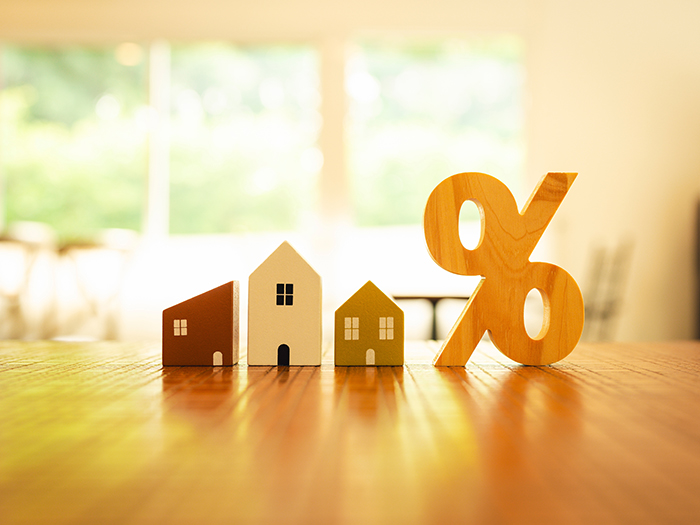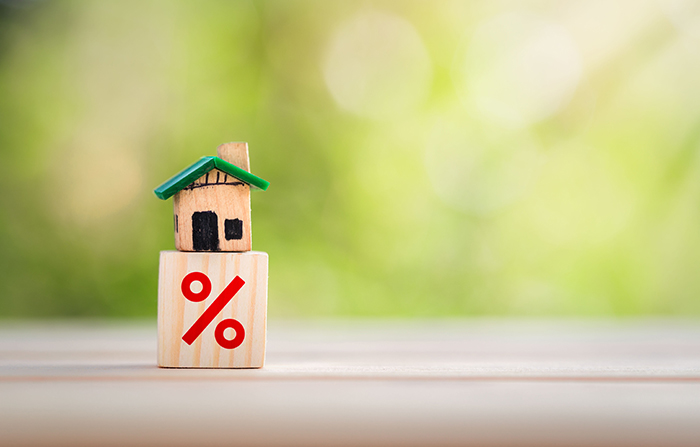
The average tenant moving into a new property in Great Britain during the first month of 2025 saw the rent cost rise by 1.8% compared to 12 months ago, Hamptons reveals.
The latest data shows that January this year had the slowest rate of growth since October 2020.
It also marks the eighteenth consecutive month that rental growth has slowed, leaving the average tenant moving home in Great Britain paying £1,372 a month.
Meanwhile, the average rent for a tenant renewing their contract rose 6.0% across Great Britain over the last year, more than three times faster than rents agreed on newly let properties.
This brings the average rent at renewal to £1,263 per month, £109 per month less than a tenant signing a new contract.
Landlords continue to increase the rent paid by existing tenants in order to close the gap with the value achieved if a new tenant were to move into the property.
With the exception of Scotland, where there are caps on rent hikes within a tenancy, every region saw renewal rents rise more quickly than for tenants moving into a new property.
Despite this, in recent years, sitting tenants have generally seen rents rise more slowly than tenants who moved home.
Over the last five years, tenants renewing a contract have seen rents rise by 26.5% compared to a 34.0% increase for homes where a new tenant moved in.
London has the widest gap in the country between rent increases for tenants moving into new property (-0.7%) and renters renewing contracts (6.8%).
This is the second month in a row that London recorded year-on-year falls in rental growth, with average rents on a newly let home down on the same time 12 months ago.
However, rental growth has also moderated across Northern England too, which means the gap between the pace of rental growth in the North of England and the South has been steadily narrowing over recent months.
Over the last 12 months the three regions of Northern England saw rents rise 3.5%, down from 8.4% a year ago, while rental growth in the three Southern regions outside London totalled 3.1%, down from 6.2% a year ago.
The upward trend in rental stock levels, which has been a factor behind cooling rental growth, looks to have come to an end.
There were 3% more homes on the rental market in Great Britain in January compared to the same time last year, marking the smallest annual increase since August 2022.
Longer term, the number of rental homes on the market remains well below pre-Covid levels.
Nationally, there were 39% fewer homes available to rent than there were in January 2019.
Meanwhile in London, stock levels are 48% below where they were in January 2019, with Central London markets recording the largest falls.
The first month of 2025 also marked the first time landlord purchases fell below double digits.
Landlords accounted for just 9.6% of purchases in Great Britain during January, the lowest figure since at least 2009 when our records began.
Until last month, January 2020 had previously marked the lowest level at 10.6%.
Hamptons head of research Aneisha Beveridge says: “The pace of rental growth nationally has likely bottomed out. There are some signs that growth outside London is slowly picking up again, but we’re unlikely to see it run at the same rate as it has over the last few years.”
“Rather, a squeeze in the number of rental homes on the market has made securing a property more competitive than it has been in recent months.”
“What happens to rents on newly let homes tends to play out in the renewal market around 18 months later. So we expect tenants renewing their contracts to face smaller increases in 2025 than they did in 2024.”
“Over the past five years, the lag between the two markets has saved sitting tenants an average of £6,641 each year, a saving which would have been wiped out had increases in renewal rents tightly tracked new lets.”
“New purchases by landlords have been depressed by increases in stamp duty rates towards the end of last year and the prospect of tighter regulation in the form of the Renters’ Rights Bill.”
“While purchases by landlords haven’t completely dried up, it’s looking like higher stamp duty rates have reduced the share of homes sold to landlords by between 10% and 20%.”



